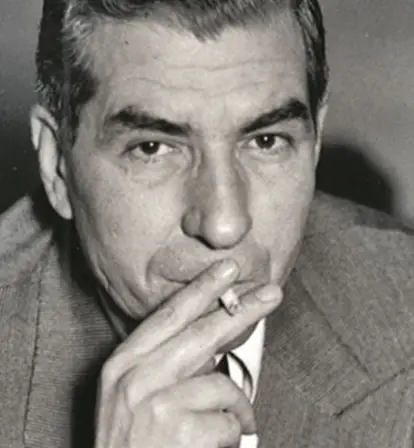Charles "Lucky" Luciano organized the many warring factions of New York City's underground into five crime families — and put himself at the helm of it all.
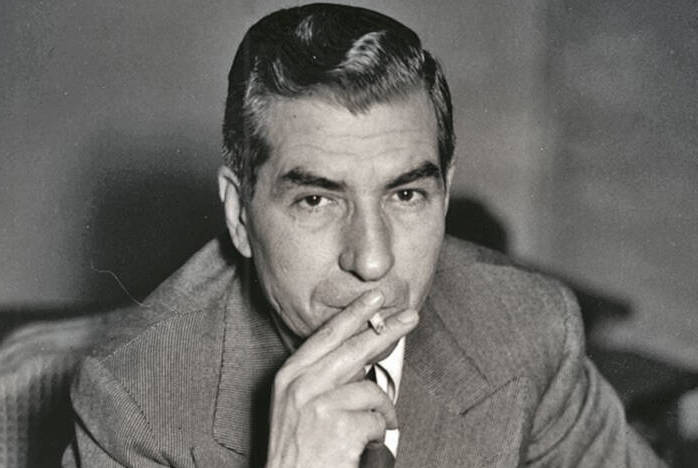
Getty ImagesIn the early 1900s, Lucky Luciano immigrated to New York and eventually founded the National Crime Syndicate, earning him the title of “the father of modern organized crime.”
For nearly a century, the Mafia has been at the center of American outlaw lore. To this day, names like Al Capone and John Gotti remain legendary, even decades after their deaths. But there’s one man without whom the Mafia would never have become the organization we know today: Lucky Luciano.
Widely considered the architect of modern organized crime in the United States, Charles “Lucky” Luciano rose to power in 1930s New York and built the structure of the American Mafia that’s lasted for nearly a century now. Luciano was the first boss of what would come to be known as the Genovese crime family and he helped form the governing body of the Mafia called the Commission, which continues to exert power in the criminal underworld today.
This is the dramatic, turbulent, and blood-soaked story of Lucky Luciano, the father of the American Mafia.
Lucky Luciano’s Tumultuous Early Life On New York’s Lower East Side
Lucky Luciano was born Salvatore Lucania in the commune of Lercara Friddi in Sicily on November 24, 1897.
At around the age of ten, Salvatore and his family immigrated from Sicily to the United States and into New York City’s crime-ridden Lower East Side. Like many immigrants at the time, the Lucanias resided in an overcrowded tenement.
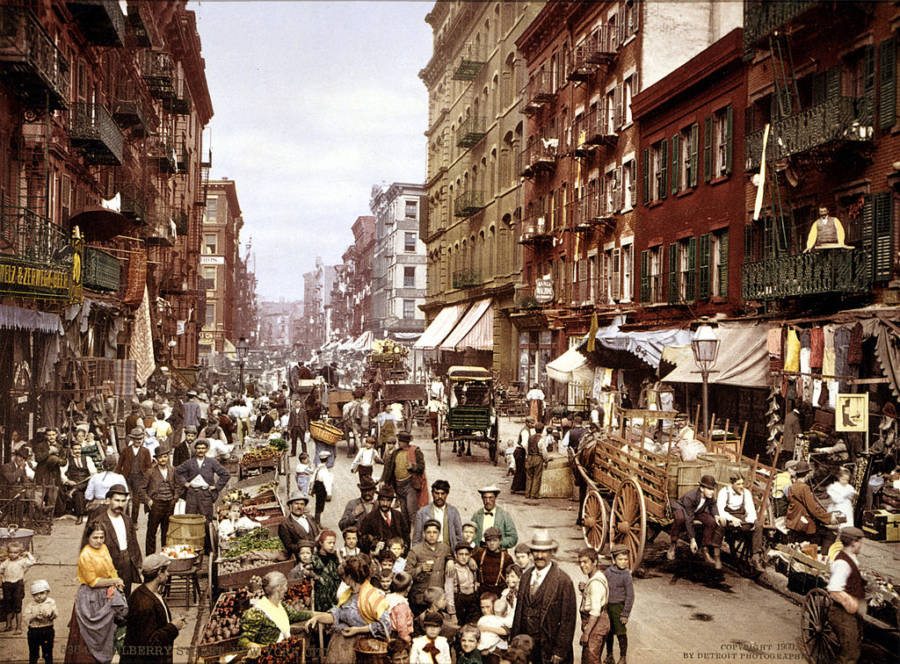
Detroit Publishing Co./Library of Congress/Wikimedia CommonsMulberry Street on New York’s Lower East Side in the early 1900s.
Even at this young age, Luciano found himself in a life of crime. He was reportedly involved in muggings, stealing, and extortion by the age of 14.
It’s not surprising, then, that Luciano brought home his first gun at age 14 and soon became a skilled pickpocket. The next major chapter in Lucky Luciano’s criminal career began when he joined the deadly Five Points Gang and began dealing heroin.
According to Tim Newark’s biography, Boardwalk Gangster: The Real Lucky Luciano, he recalled, “I used to hit the pipe joints in Chinatown when I was a kid, we all did. I liked it, the stuff did funny things to my head. But I’d never let it suck me under.”
Even at this young age, Luciano had the mind of a businessman.
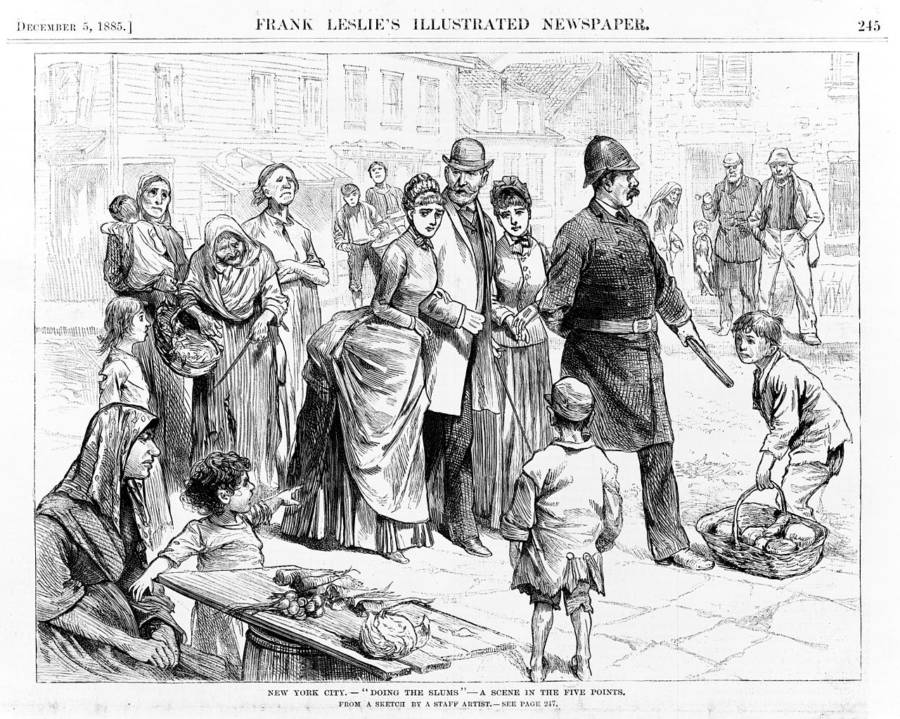
Frank Leslie’s Illustrated Newspaper/Wikimedia CommonsA cartoon depicting the Five Points area of New York.
Determined to build himself from nothing in the crime world, he decided to Americanize his name. To avoid the feminine connotations of “Sally,” which was a nickname for his birth name “Salvatore,” he chose to go by “Charles” instead. Eventually, “Lucania” became “Luciano” and Charles Luciano was born — or rather, self-made.
Luciano Assembles A Gang In The Years Before Prohibition
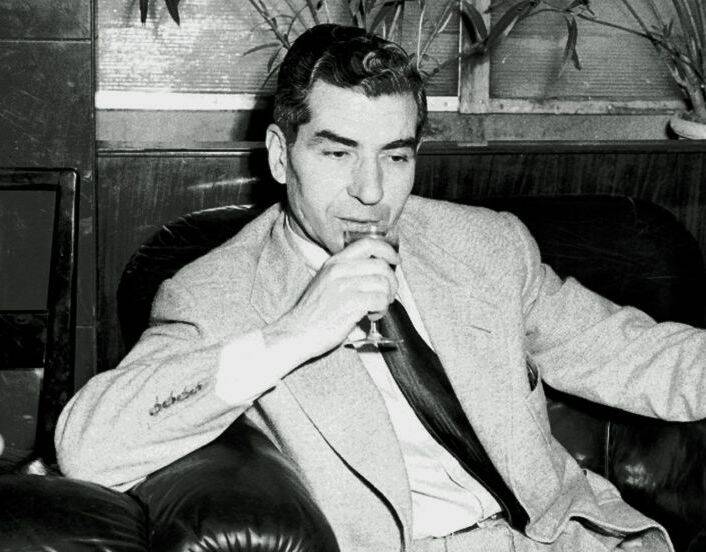
Wikimedia CommonsBorn in 1897 in Sicily, Charles “Lucky” Luciano rose through New York’s underworld and became the most powerful figure in organized crime.
As can be expected, Charles Luciano would not be able to play such an integral role in the history of organized crime without the help of others. One such helping hand came from Maier Suchowljansky, later known as Meyer Lansky, an infamous Jewish mobster. Luciano first encountered Lansky when the two were teenagers in New York.
At the time, Italian-born kids frowned upon working with their Jewish counterparts. But Luciano saw an opportunity here: instead of avoiding them, he extorted money from Jewish youths. However, as the story goes, when Luciano confronted Lansky, the latter refused to back down. This is how the signature pair of Lucky Luciano and Meyer Lansky began their lifelong partnership.
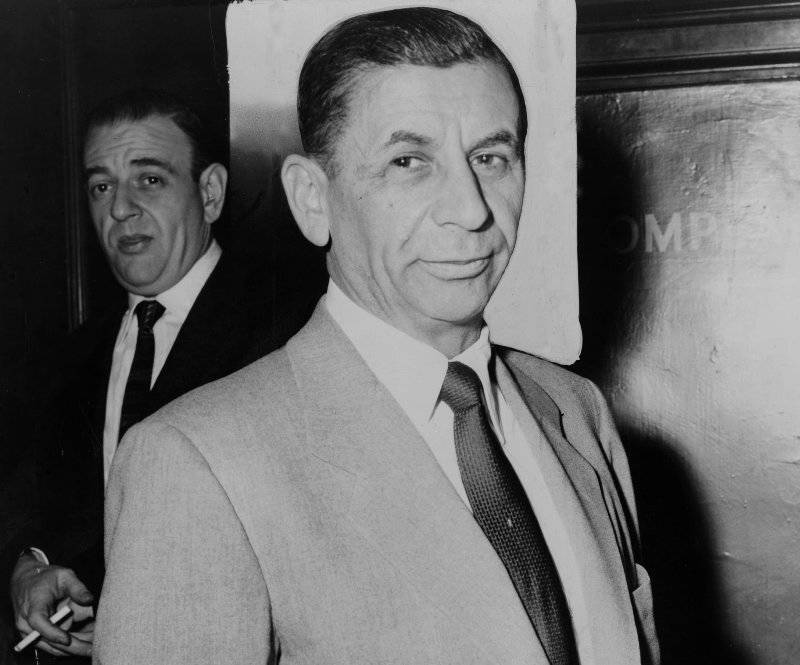
Al Ravenna/Library of Congress/Wikimedia CommonsJewish gangster and Lucky Luciano associate Meyer Lansky photographed in 1958.
As recalled by Lansky’s daughter Sandra in her memoir Daughter of the King: Growing Up in Gangland, “While Daddy, true to form, had never told me anything about Uncle Charlie, Uncle Charlie delighted in telling me everything (well, not quite everything) about the ‘tough little Jew’ who had ‘surprised the hell outta me’ by standing up to his tough street gang.”
Lucky Luciano was impressed by Lansky’s guts who was also a math whiz-turned-gambling-genius.
Luciano also became acquainted with Lansky’s close associate, the infamous mobster Benjamin “Bugsy” Siegel, and together they became the “Bugs and Meyer Mob.”
The early group ran protection rackets, but when Prohibition hit in the 1920s, the Italian-Jewish confederation saw an opportunity in bootlegging alcohol instead. Along with Arnold Rothstein, Frank Costello, and others, Lucky Luciano began making big money in illegal booze.
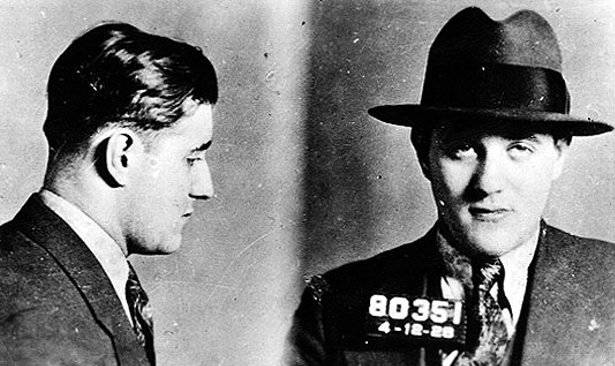
Wikimedia CommonsMugshot of notorious Jewish-American gangster and Murder Inc. co-founder Benjamin “Bugsy” Siegel. New York City. April 12, 1928.
How Lucky Luciano Got His Nickname — And Rose To Power
Despite his successful partnerships with other rising young mobsters, not everyone got along with Luciano.
For instance, on October 17, 1929, rivals kidnapped Charles Luciano, beat him, slit his throat, and stabbed him multiple times with an ice pick. According to Mafia legend, they left him for dead on New York’s Staten Island but miraculously, he survived — albeit with facial scars and a droopy eye.
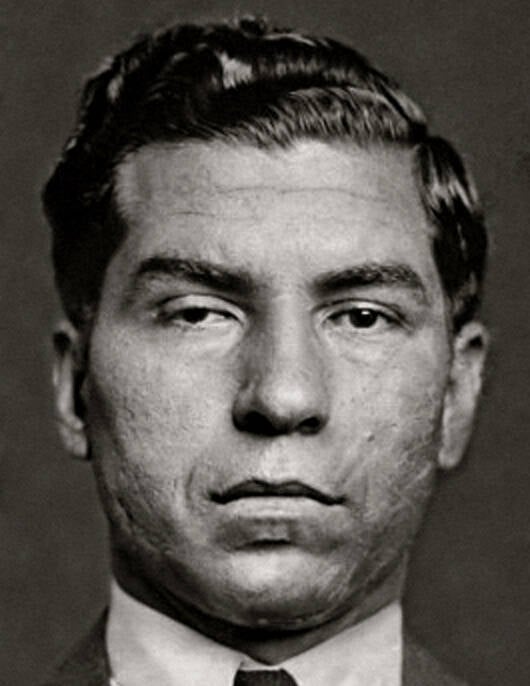
Wikimedia CommonsA 1936 mugshot of Lucky Luciano that shows the facial scarring he received in his youth.
It’s believed that his nickname “Lucky” came from surviving this horrific incident.
By this time, Lucky Luciano had secured himself a position as the lieutenant to leading New York kingpin Joe “the Boss” Masseria. When in the early 1930s Masseria’s organization became embroiled in a deadly war over control of New York’s criminal enterprises with newcomer Salvatore Maranzano, Luciano was enlisted to get his hands dirty.
During this mob war, however, Luciano and his fellow young mobsters grew increasingly irritated with the old-school Italian gangsters. Guys like Masseria had old-fashioned attitudes, did not speak much English, and conducted limited criminal enterprises. So, Luciano decided to do away with Masseria altogether and assume control of his gang.
He set up a dinner in Coney Island at the seafood hotspot called Nuova Villa Tammaro. Mid-meal, Luciano excused himself to go to the bathroom. Shortly after, four of his associates, including Bugsy Siegel, Vito Genovese, and the deadly Albert Anastasia, stormed in.
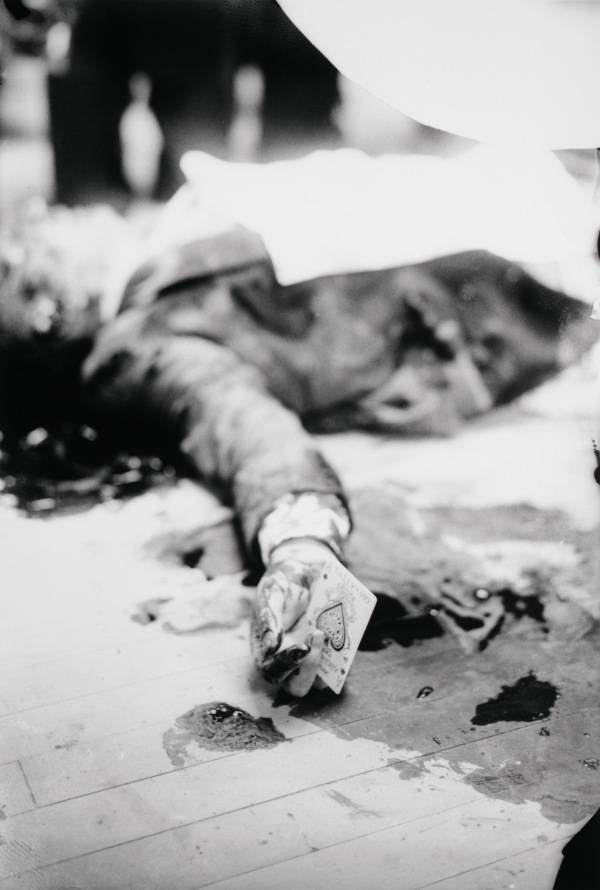
Bettmann/Getty ImagesThe body of Joe Masseria shortly after his murder on April 15, 1931.
They blasted Masseria to high heaven.
Luciano Forms The Commission And Revolutionizes The Mafia
Next up on Lucky Luciano’s hit list was Masseria’s arch-rival: Salvatore Maranzano. By this point, Maranzano had become the first capo di tutti capi, or “boss of all bosses,” and was the man who was considered the leader of all organized crime in New York.
Luciano directed four Jewish mobsters — who were delivered by Meyer Lansky — to Maranzano’s headquarters where they swiftly ended the short reign of the capo. By this point in 1931, Luciano was the undisputed boss of New York City even if he did not officially take up Moranzano’s mantle.
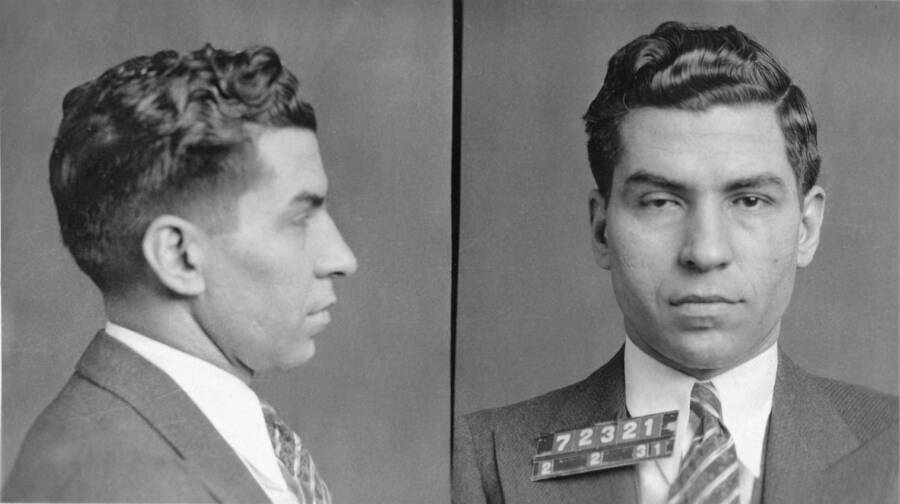
Wikimedia CommonsMob boss Lucky Luciano put the “organized” in organized crime.
However, Luciano grew tired of shedding blood. Influenced by the violence of the past several years and his close associate Lansky, he came to believe that the Mafia — which gangsters called Cosa Nostra, “Our Thing” — could function as an efficient, organized business instead of just a brutish gang.
This prompted him to organize a big meeting of America’s Italian crime bosses in Chicago, which included him and the heads of the four remaining New York City gangs, the future Five Families. Here, Luciano would revolutionize the Mafia’s structure and effectively create the modern American Mafia. The already-infamous Al Capone, boss of Chicago, attended the meeting as well.
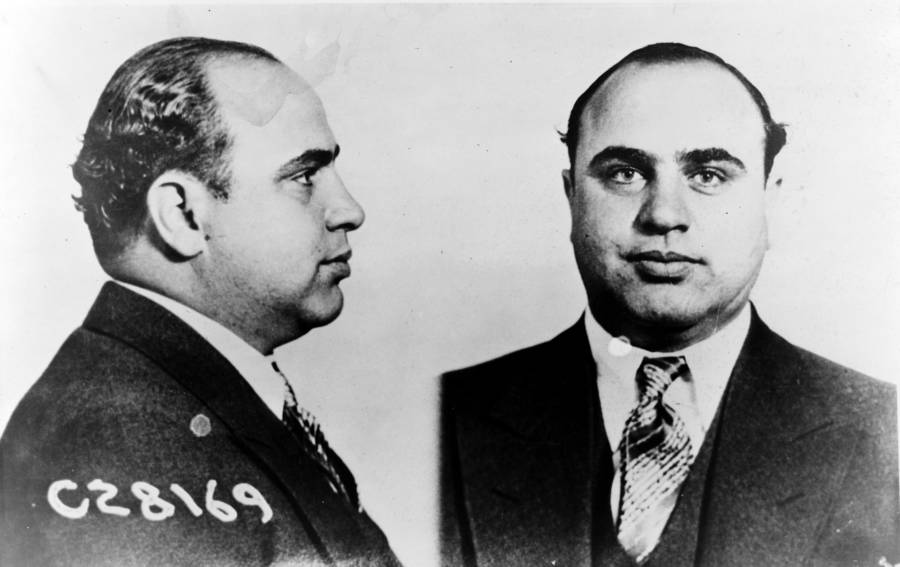
United States Bureau of Prisons/Wikimedia CommonsA mugshot of Al Capone, the legendary Chicago gangster who rose to power around the same time as Lucky Luciano.
To avoid future bloodshed, Luciano divided regional groups into “families.” Each family would keep to their own turf, adopt a business-like structure, and follow a similar set of rules. In addition, each member of the Mafia had to keep silent about their activities. This honor code was dubbed omertà.
Meanwhile, an overarching governing body called the “Commission,” would keep the peace between all the families and rule on disputed matters. The system was brilliantly set up to avoid violence between rival families and individual mobsters as well as to keep the operations of the Mafia hidden.
The Law Comes For Lucky Luciano And Finally Gets Him Behind Bars
Despite Lucky Luciano’s success, a threat still lurked in the distance: the American government. Similar to Capone and many other prominent Mafia figures, law enforcement had been keeping a close eye on him.
In the meantime, Luciano lived the high life. He bought silks and furs for the many women he entertained. He befriended Frank Sinatra. He lived in a suite in New York’s Waldorf Astoria.
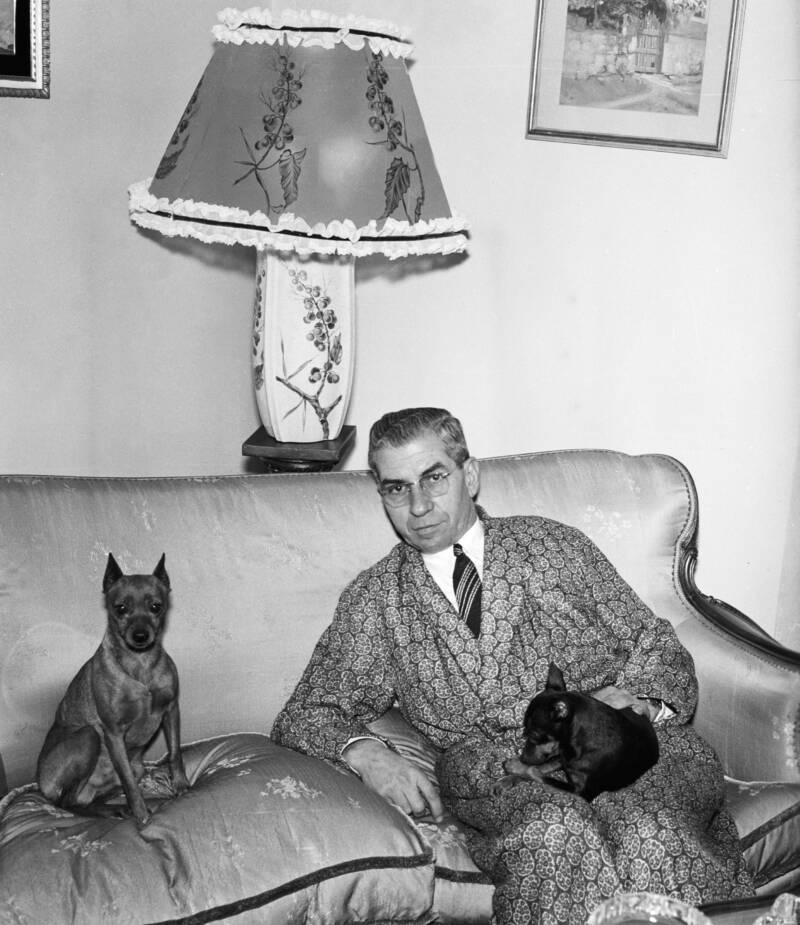
Getty ImagesLucky Luciano at his Naples home, circa 1948.
Finally, in 1935, special prosecutor Thomas Dewey had enough evidence to charge Lucky Luciano with running prostitution rackets. His bail was set at $350,000 which amounts to $6 million today. At that time, the sum was a New York record.
Dozens of witnesses incriminated Luciano and the court found him guilty on 62 counts. Gang-buster Dewey took the win as Luciano went to jail with a sentence of 30 years.

Harris & Ewing/Library of Congress/Wikimedia CommonsThomas Dewey at a 1939 press conference.
Despite being behind bars at a maximum-security facility, however, Luciano kept his enterprises up and running. He got other prisoners to do his chores and even coerced one into becoming his personal chef. But Luciano was determined to get out and the onset of World War II offered him that very opportunity.
America feared that foreign powers would attempt to sabotage America’s East Coast seaports and that Italian-American dockworkers might secretly support Benito Mussolini. So they reached out to the incarcerated mob boss for help.
The Navy offered him a reduction in his sentence for information and assistance in their operation. It was dubbed Operation Underworld for obvious reasons as none other than incarcerated underworld boss Lucky Luciano operated as the eyes and ears of the American Navy.
Luciano’s Exile To Italy And Final Years In Relative Seclusion Before His Death
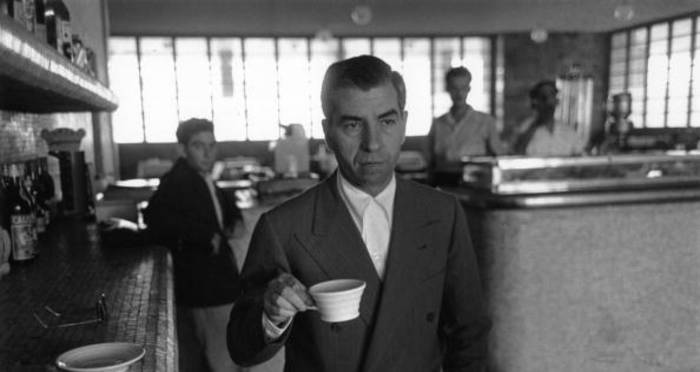
Turiddu-Lucania/DeviantArtCharles Luciano sips coffee in Naples following his exile to Italy.
Lucky Luciano’s assistance to the American government allegedly didn’t stop with Operation Underworld. He is said to have even helped the American military to invade his birthplace Sicily in Operation Husky.
Finally, in 1946, who but Thomas Dewey — the very man who put Luciano behind bars — issued the gangster a pardon for his “wartime services.” But given his criminal influence, the American government was not willing to let him walk free in the United States.
Instead, Luciano was deported to Italy. Not long after, Luciano tried to relocate to Havana but the Cuban government sent him home, too. With Luciano gone, his former underlings Vito Genovese and Carlo Gambino filled the power vacuum and even killed many of Luciano’s former associates.
Among the many women he frequented, Lucky Luciano did eventually settle with one (for the most part), a ballerina 20 years younger than him named Igea Lissoni in 1948. They lived together in his home in Naples until her death by breast cancer in 1952 and never had any children.
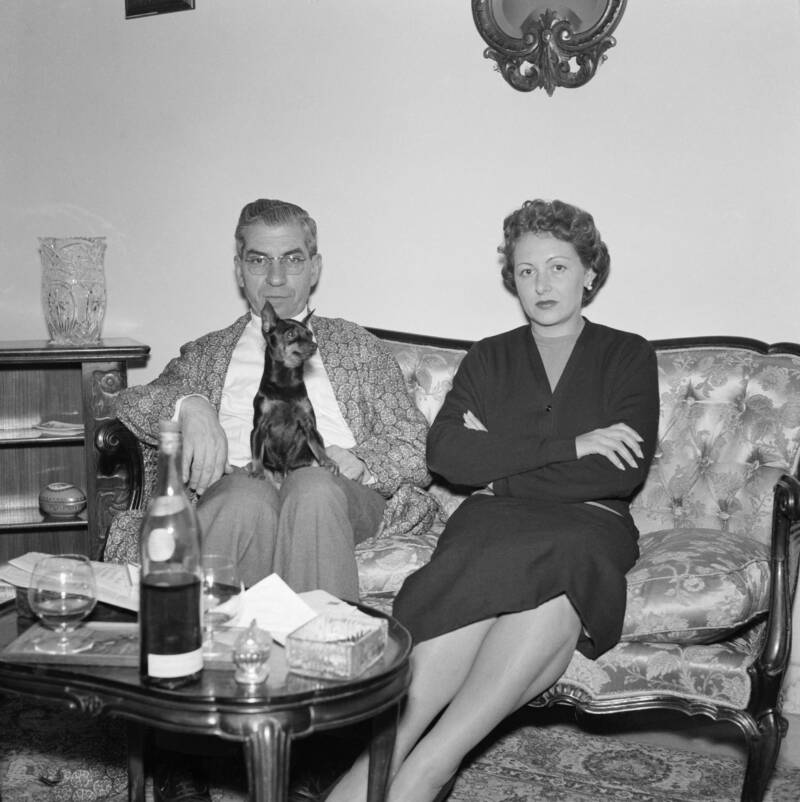
Getty ImagesCharles Luciano at home in Naples with Igea Lissoni. Circa 1948.
“I didn’t want no son of mine to go through life as the son of Luciano, the gangster. That’s one thing I still hate Dewey for, making me a gangster in the eyes of the world,” Luciano reportedly stated.
Despite his exile, Lucky Luciano continued to conduct criminal activities in Sicily for 15 more years before dying of a heart attack on January 26, 1962. His death came just before Italian authorities were going to arrest him for drug trafficking.
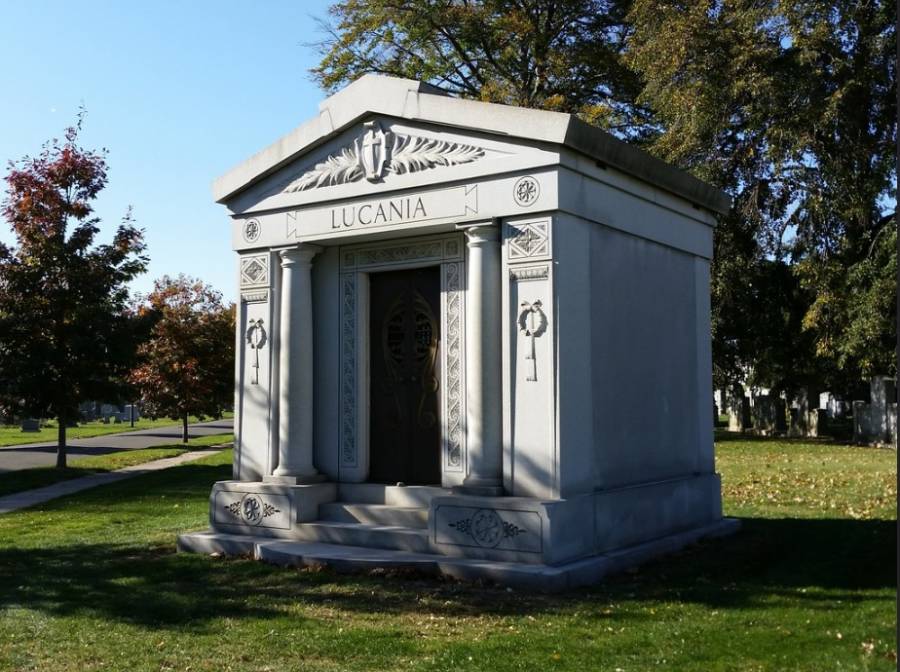
Matt Green/FlickrThe Lucania mausoleum, home to Charles “Lucky” Luciano’s remains in New York.
Lucky Luciano’s body was brought back to the United States for burial. The event was attended by thousands of people interested in the man who arguably engineered American organized crime as we know it.
Today, Mafia enthusiasts can visit Lucky Luciano’s grave at the St. John Cemetery in Queens, New York.
For more on the Mafia after learning about Lucky Luciano, check out what the mafia was like during the 1980s. Then, read about the dramatic discovery of a ring that once belonged to Lucky Luciano.
